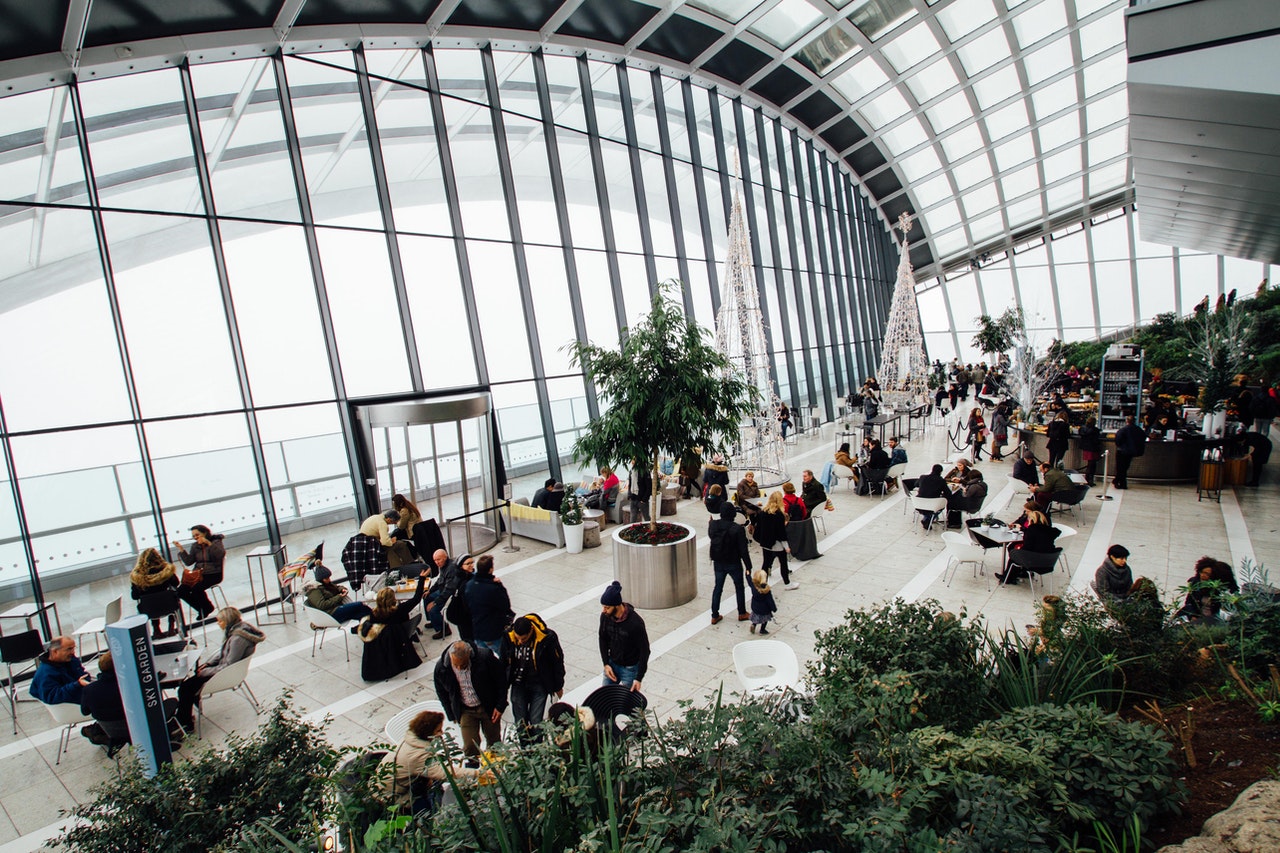An announcement by Google and insurtech BlueZoo last week signals the next level of deployment of sensors, a development that will not only let insurers price risk more accurately but will help them counsel clients on how to avoid those risks in the first place.
The announcement involves BlueZoo installing sensors in buildings that detect cellphones looking for WiFi signals. At the moment, rules of thumb tend to be used to generate estimates for the occupancy for restaurants, bars, ballrooms, etc. The BlueZoo approach, essentially counting cellphones, will be much more accurate. Unlike with traditional methods for estimating, the BlueZoo sensors will also be able to monitor constantly, letting insurers and building owners know about issues such as surges in occupancy.
Those surges can be correlated with risk and even used to alert the manager of, say, a bar that everyone should be alert to the possibility of a slip and fall in the bathrooms.
As intriguing as the Google-BlueZoo announcement could be for the insurance industry, it's actually just the latest in a series of developments that will make essentially all information available on any issue at zero marginal cost. That's because sensors can -- and will be -- everywhere. Sensors won't need to be connected to the electric grid or to the WiFi networks that BlueZoo is using. They'll be able to draw power even in remote locations, from tiny solar panels and batteries, and to connect to the cloud via cellular networks or satellites. Nowhere will be out of reach.
Lots of information will increasingly become available just because we're all carrying sensors with us, in the form of our smartphones. Those sensors have been informing traffic management for decades now -- when you see red show up on the route in front of you, you aren't actually seeing cars slowing down, you're seeing the phones in the cars slowing down. They'll generate all kinds of other useful information, too, far beyond what BlueZoo and Google are using.
Other sensors will increasingly envelope us and map our world. While the recent fuss about space travel has been jaunts by billionaires, the far more consequential story is that SpaceX has carried nearly 900 satellites to space already this year. Those satellites will augment the world's communication network while also providing continual updates with more more detailed images of the Earth than are now available. Those images will let insurers -- among many others, including governments -- track vulnerabilities to natural disasters, spot erosion and other developing risks and generally have a map of the entire Earth that they can monitor every day.
Cameras will continue to spread on Earth, too. We've all seen what the adoption of body cams by police officers has meant, and are now surprised when some public event isn't caught on some camera somewhere. These days, cameras are just a lens plus a bit of battery and some memory, so they can be put just about anywhere at almost no cost and be connected to the cloud via WiFi or satellite. Even just the increased use of cameras on cars will capture massive amounts of new information as they drive around, and that information can be put to good use. (To bad use, too, but I'll focus on the good for the moment.) Other types of sensors, notably lidar, will also be mounted increasingly on cars, especially as autonomous vehicles spread, and will generate huge amounts of new data, not just on traffic but on everything they pass.
Sensors will be built into just about every device, so they can warn owners before they break down, can sense water leaks and can provide any other sort of warning or information that might be useful. Sensors will increasingly even move into our bodies. Having them on our wrists has been helpful, but we're not far away from being able to swallow sensors the size of a grain of rice that would provide real-time information on blood pressure, blood sugar and other measures that matter much more than how many steps we take in a day.
Add up all the ways that sensors, including cameras, will spread, and you have a full-on revolution in the information available to all of us, including insurers, to better monitor and manage our world.
You'll note that I haven't said when I think all this magic will happen. That's both because it won't be a single event -- it's already been happening for decades -- and because a firm prediction is hard. I can tell you that two colleagues and I have written a book coming out this fall that refers to the infinite availability of information at no marginal cost as a Law of Zero that we argue will be firmly in place by 2050, with many of the benefits appearing well before then.
I'll tell you more about the book as we get closer to the publishing date and, thus, more about the Laws of Zero, including the one on ubiquitous information. For now, it's enough to start pondering where sensors can go in the short to medium term, how to harvest the information from the new sensors and from existing ones such as smartphones and how to analyze information in ways that improve decisions by insurers and many others.
There will be a ton of work involved -- but profound improvements will result.
Cheers,
Paul





